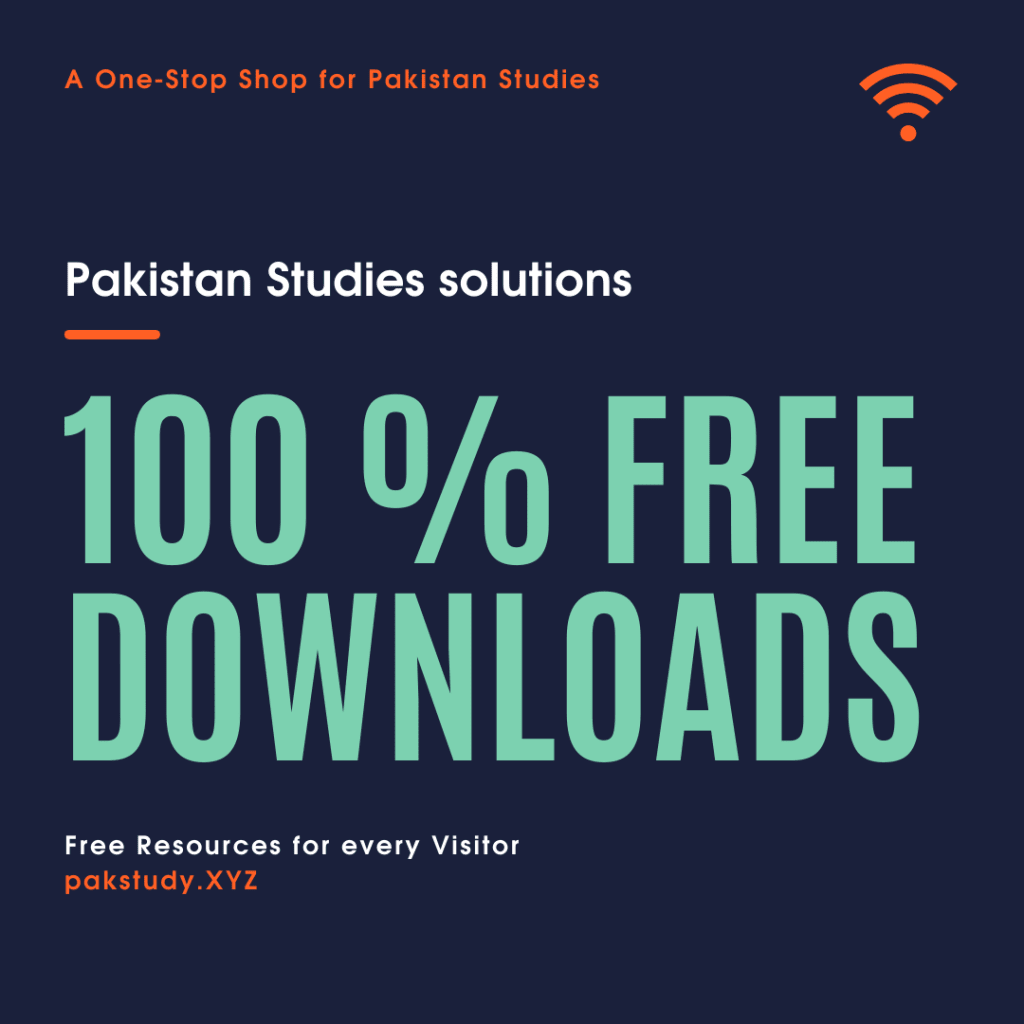Difference between Trade and Commerce
Meaning of Trade and Commerce:
Difference between Trade and Commerce can ben defined as: The term ‘trade’ is applied to the process in which countries buy and sell goods to each other. The term is also applied to some special business like ‘cotton trade’. Commerce literally means ‘buying and selling of goods and services’.
By rating the level of progress, a particular country has achieved, in the field of trade and commerce we can determine the level of its general economic progress.

Basic facts of Pakistani Trade:
In developing countries, like Pakistan economic planning is considered to be the basic requirement for development. Enlisted here are some basic facts about our foreign trade structure.
- Base of our exports is extremely narrow
- Our industry is import-oriented. Fifty percent of our exports consists of industrial raw material.
- Population is growing fast and the number of consumers is increasing accordingly. We have virtually turned into a consumer’s society. Consumer market is expanding but production is not increasing at the same pace.
- Agricultural produce is declining due to primitive agriculture practices, number of sick industrial units is growing rapidly.
Causes of low Trade:
- Foreign investment has been adversely affected due to political unrest and terrorist activities.
- Prices of industrial raw material, petroleum and natural gas are gradually increasing due to devaluation and inflation. This tendency has made it difficult for our industrialists to compete with the foreign products in the international as well as in the local market.
E-Commerce:
E- Commerce is the latest innovation in the traditional commerce techniques. E stands for Electronic. E-Commerce implies the buying and selling of goods and services through networks i.e. Internet and E-Mail etc. With the passage of time plastic money (credit cards etc)is replacing currency notes. Internet and credit cards are the instruments through which cross-border trade-and-commerce has become possible and the barriers that interposed between business transactions have been automatically removed.









